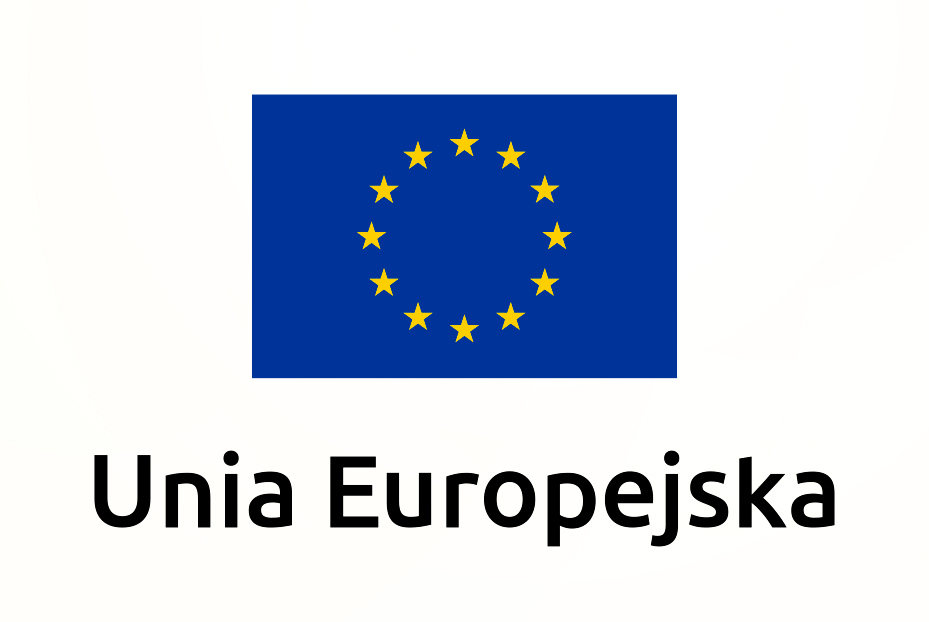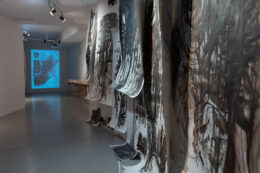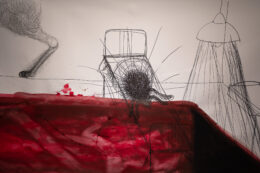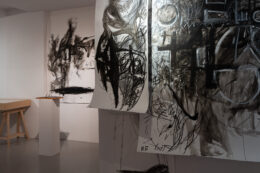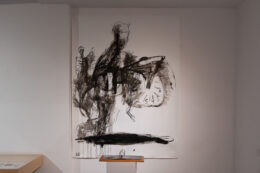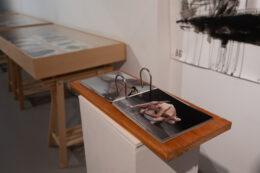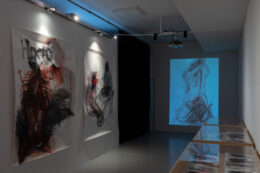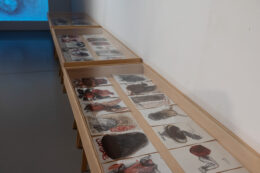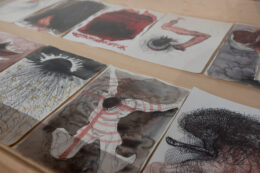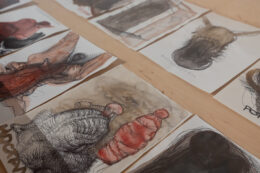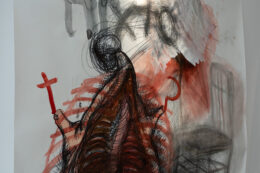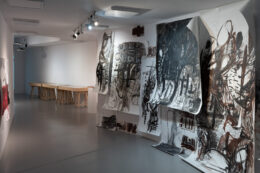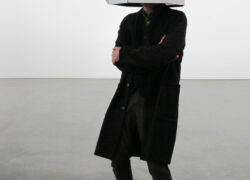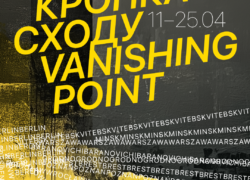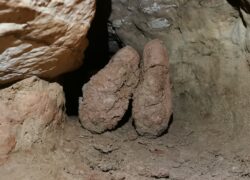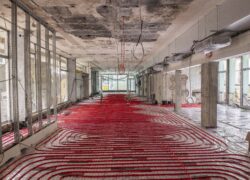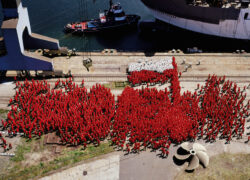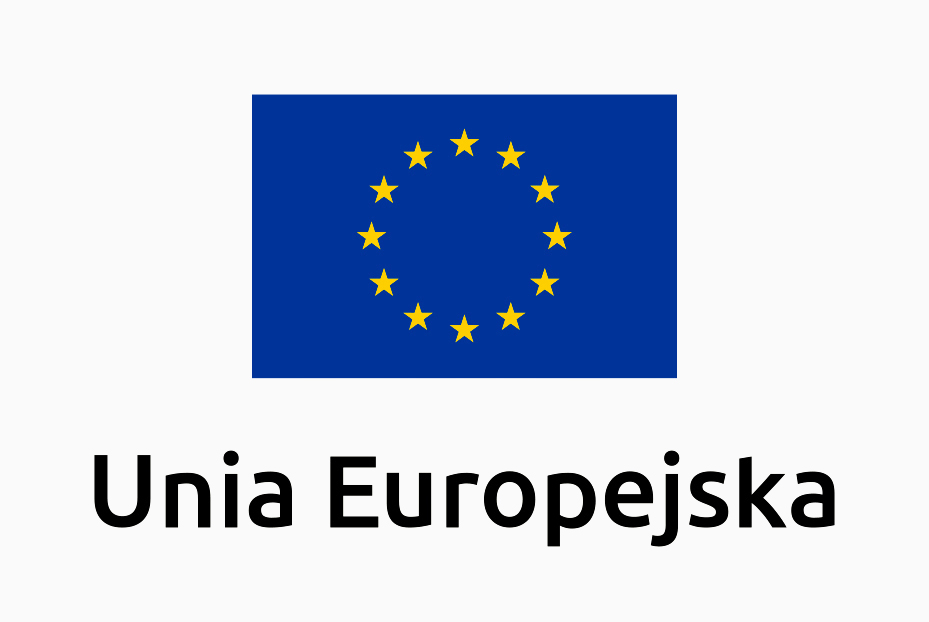The exhibition by Vlada Ralko and Volodymyr Budnikov is a spontaneous presentation of works created during their residency in Poznań as part of a program carried out by the Wielka 19 Association. The primary context for Ralko’s and Budnikov’s art is currently the Russian aggression in Ukraine. The artists create extremely intense works, originating not only in their thoughts and feelings, but also in their existential, visceral cognition of the horror of war, the refugee experience, and work as artistic nomads.
Vlada Ralko is a graduate of the Ukrainian Academy of Fine Arts (now the National Academy of Fine Arts and Architecture) in Kiev. She is the author of paintings, drawings, works on paper, and spatial objects. A poet and essay writer, she has also written critical articles on the interfaces between art, philosophy, and politics. Volodymyr Budnikov graduated from the Kiev State Art Institute (now the National Academy of Fine Arts and Architecture), where he is a professor. He mainly uses the medium of painting, but also produces works on paper and objects.
The artists point out that the war unfolding in Ukraine has significantly foregrounded the existential question of life and death. This war has also made it evident that the line of contact between the intimate and personal versus the political, public, and social cannot be ignored. The word “anatomy” derives from the Greek anatomē, or “dissection (of a corpse)” and slicing, from the word anatémnein, meaning “to cut”. It is a branch of biology that deals with the study of the structure of organisms, the location, shape, composition, and evolution of organs, tissues, and cells. The term, colloquially associated with a thorough documentary and even bureaucratic record of the individual fragments of all known living organisms, does not connote a dry description, but encapsulates the performativity of violence, which involves the dismemberment of organisms that are the object of study. Anatomy defines the boundaries of organs and bodies and their internal structure. It makes us aware of what is visible from the outside and what is hidden under the surface of the skin. Ralko and Budnikova’s paintings and drawings are virtual scalpels that slice through the body of politics, dissecting organs, extracting individual fragments from its wartime corpse, and examining them meticulously. These are “questions to the visible”, posed without exaltation; incidentally, the above phrase was also the title of the artists’ 2022 show in Białystok.
Volodymyr Budnikov links the structure of a landscape ripped apart by missiles and rockets to the inside of the human body. In his works, the decomposed structures of demolished houses and the battered, war-torn landscape seem to merge with fragments of vertebrae and spinal cords. Inspired by the works of Rembrandt and Joachim Beuckelaer, Vlada Ralko examines the violence and pornographic attraction of death and demonstrates how the war affects human conscience and renders the perpetrators of crimes forgetful of responsibility.
When reflecting on the title of the “Political Anatomy” exhibition, one cannot help but relate it to von Clausewitz’s famous sentence that war is the continuation of politics by alternative means. The author of these words indicated also that war is an act of violence and that its use knows no boundaries. Ralko and Budnikov disagree with the assertion that war is a form of politics over which individuals have zero influence. Their work is an artistic and political protest against aggression.
In the works of Vlada Ralko and Volodymyr Budnikov we can see not only emotions and feelings, but also a dissection of the most extreme incarnation politics, namely crude violence with no boundaries. The works they create on paper are multifaceted visual essays, whose aim is, just like that of an autopsy, to bring what is hidden to the surface. The artists try to show without undue exaltation how the experience of the trauma of war is translated into the human body, which in the process becomes a political body.
Marek Wasilewski
